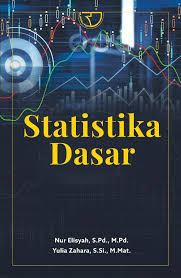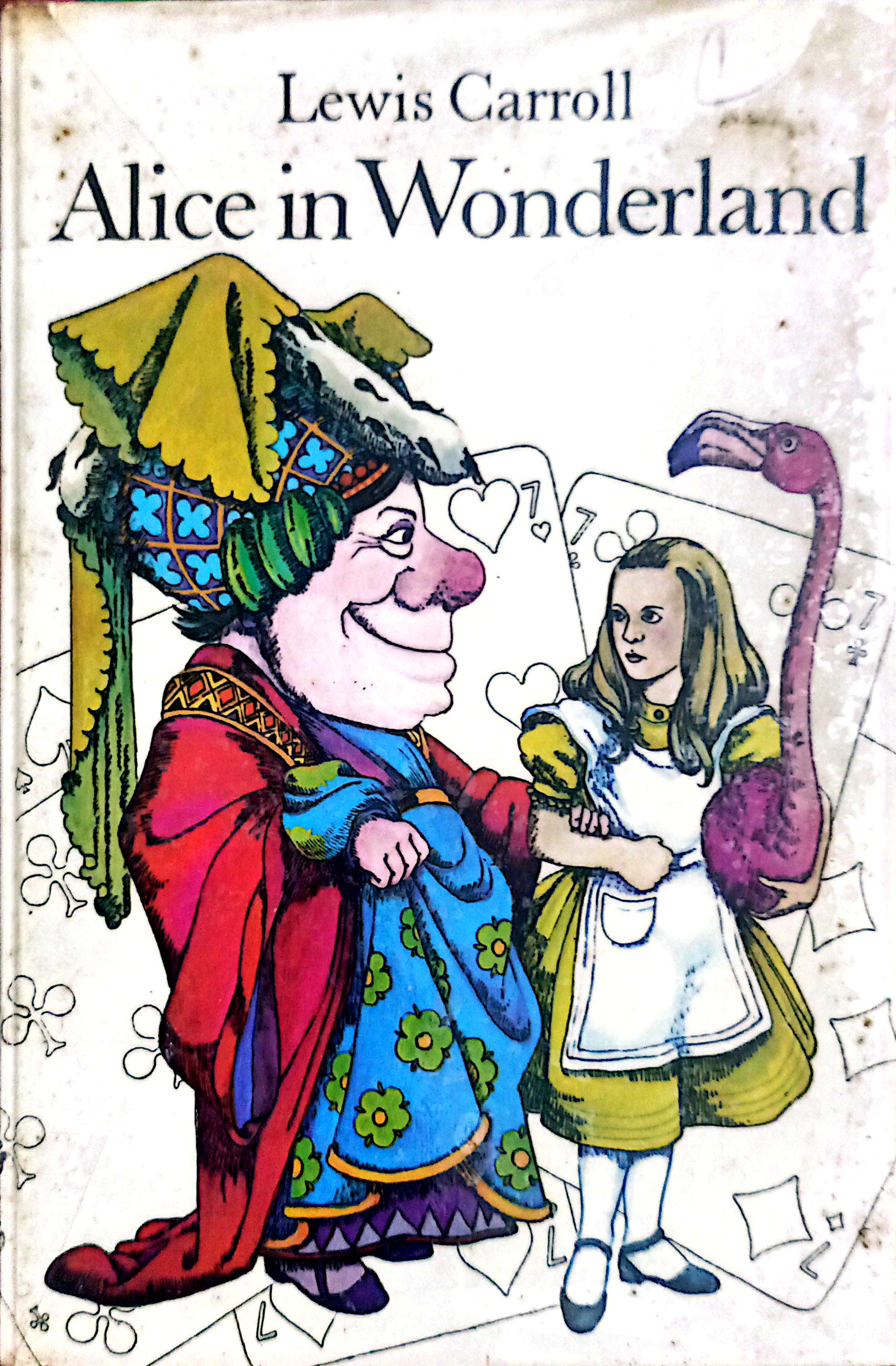





Science of everyday things volume 1: Real-life chemistry
KNIGHT, Judson ; SCHLAGER, Neil
Tersedia di:
Deskripsi
Measurement seems like a simple subject, on the surface at least; indeed, all measurements can be reduced to just two components: number and unit. Yet one might easily ask, “What numbers, and what units? a question that helps bring into focus the complexities involved in designat- ing measurements. As it turns out, some forms of numbers are more useful for rendering values than others; hence the importance of significant figures and scientific notation in measurements. The same goes for units. First, one has to deter- mine what is being measured: mass, length, or some other property (such as volume) that is ultimately derived from mass and length. Indeed, the process of learning how to measure reveals not only a fundamental component of chemistry, but an underlying—if arbitrary and manmade— order in the quantifiable world.
Ulasan
Buku Rekomendasi Lainnya

asaran Global : Buku Kedua. Oleh KEEGAN, Warren J; BUDIDHARMO, Susanto (penerjemah);
KEEGAN, Warren J; BUDIDHARMO, Susanto (penerjemah);

Kurikulum Berbasis Kompetensi : Konsep Karakteristik dan Implementasi
MULYASA,E

Memory Boosters = Penguat Ingatan
IDDON, Jo. WILLIAMS, Huw

Mengenal Buah-Buahan Vol 2 Dalam 2 Bahasa Indonesia Inggris
Bujang Atoy

Hidup adalah pengabdian
FADLIL, Muhyi

Untamed : Liar
Cast, P C. ; Cast, Kristin ; Penerjemah ; Susan Meliana Husen

Arah Baru Pengembangan Pendidika Islam : Pemberdayaan, Pengembangan Kurikulum, hingga Redefinisi Islmasasi Pengetahuan
-

Cina Muslim dan runtuhnya republika bisnis
Teguh Setiawan (Pengarang)

Belajar Bermain Bola Volley
-

Manajemen dan Kepemimpinan : Dalam Organisasi
-

Khasiat dan manfaat daun sirih : obat mujarab dari masa ke masa : Sehat dengan ramuan tradisional
-

World heritage nature & culture under the protection of UNESCO volume 1 : Afrika selatan & Afrika tengah
Perwito Mulyono (Pengarang) ; Sidjodjo Herwanta (Pengarang) ; Jauw Thing-thing (Pengarang)

Ciuman bibirku yang kelabu
Mardi Luhung (Pengarang) ; Raudal Tanjung Banua (penyunting)

Statistika dasar
Nur Elisyah (Pengarang) ; Yulia Zahara (Pengarang) ; Dhea Aprilyani (Penyunting)


